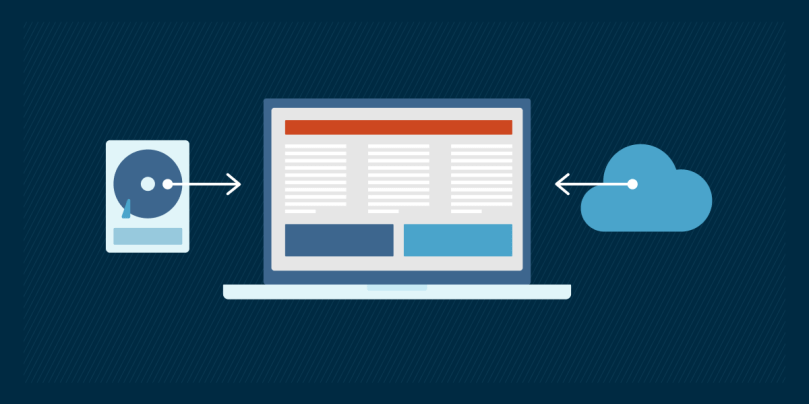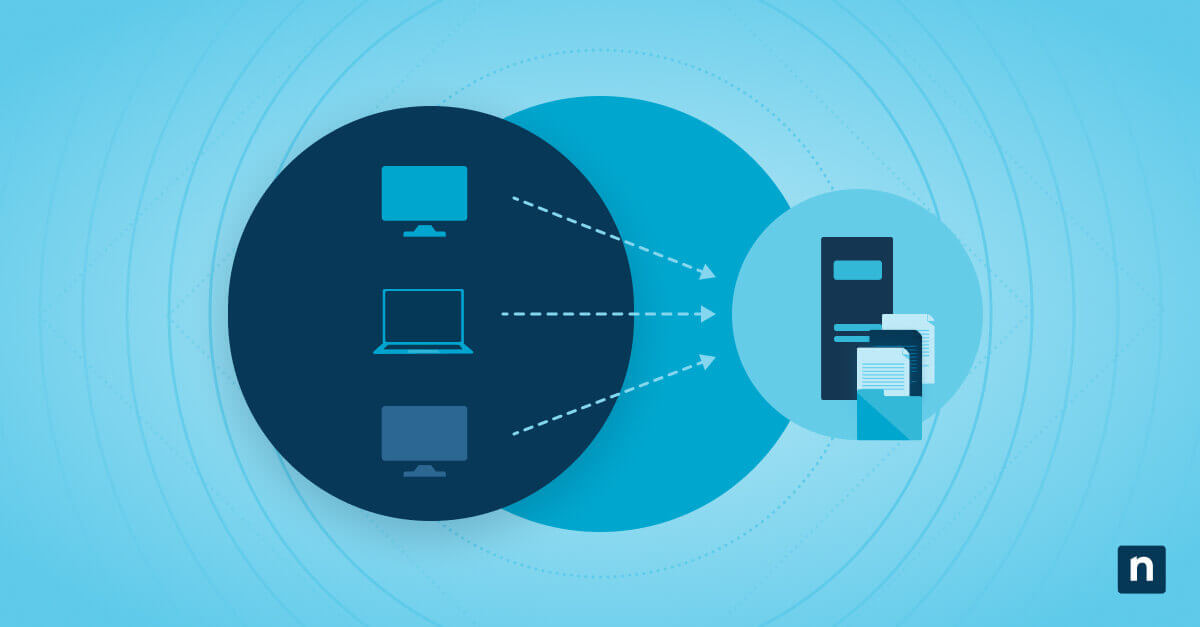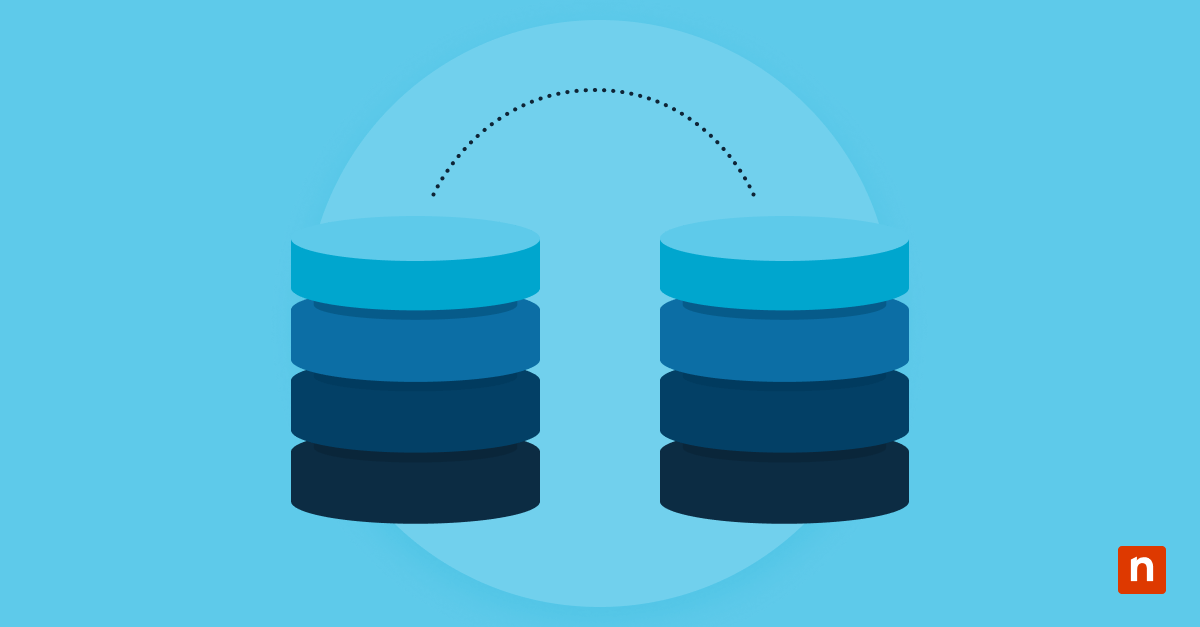Data is the currency of today’s digital age. It’s what is most valued by companies, consumers, and (unfortunately) threat actors. Because of this, protecting both organizational and personal data is a top priority.
It’s also key to remember that data is important, wherever it is. The locations where data is stored, like endpoints and servers, differ in the type and amount of data they store. Endpoint data recovery may not have the scope and scale of a server data recovery, but there’s still a lot of information that could be lost if an endpoint data recovery fails. Ponemon reports 68% of companies have experienced endpoint attacks that successfully compromised their IT infrastructure and/or data.
In this article, we’re going to discuss how endpoint data recovery can be an essential component of your organization’s backup and recovery plan.
Why endpoint data recovery is still important
Endpoints are the physical tools users operate to create, exchange, and store data. Where endpoints are unique is that an endpoint only has information the user has created. Nothing one user creates on their computer is available to another user, unless they purposefully make it available on collaboration platforms such as Dropbox and Sharepoint.
When organizations think of data backups and restorations, they often only consider their server(s) because it houses all the critical data to run the business. However, though the data found on users’ devices may not be essential for entire business operations, it is invaluable to a user because it contains all the work they’ve done. If that information is gone, then the user has essentially created no value for an organization.
5 reasons endpoint data recovery is still important:
1. Protects remote & hybrid workforces
The increase in remote and hybrid workforces since the beginning of the pandemic has caused users and their endpoints to be spread out in various locations. Backups can no longer easily cover the entirety of an organization’s IT environment
2. Improves data protection
Essential organizational data is typically stored on servers in data centers or in the cloud and requires authorized access. Though this method protects the data on a large scale, it doesn’t protect individual users’ work that they’ve contributed or their personal information stored on an endpoint. Endpoint data recovery is another way that you can protect your users’ work and personal information that is stored on devices, preventing data loss when a device fails or a cyberattack targets an endpoint.
3. Recovers information quickly
Data that is located on endpoint devices is typically used for day-to-day business operations, so it is an issue if users can no longer access or retrieve that information. With a proper backup and restoration strategy, a user’s personal and work information can be recovered quickly, thereby supporting work continuity and increasing productivity.
4. Increases security
Whether a device fails or a cyberattack targets an endpoint, sensitive data on the endpoint can be compromised. The ability to restore endpoint data when this occurs will protect this information, which helps to increase organizational cybersecurity overall.
5. Makes recovery cost-effective
Endpoint data recovery can be a more cost-effective way to back up and retrieve data for your endpoints, rather than depending on the large backups of your entire network. This also enables your IT team to better support individual end users and ensure that their personal data and work contributions on their devices are safe.
The challenges of endpoint data recovery
Though endpoint data recovery is extremely useful when it’s performed correctly, there are many challenges that can prove to be hindrances to the successful recovery of endpoint data. Four common challenges include:
-
Broken backups
Simply backing up your data doesn’t mean that your information is safe. Some backups break, and when this happens, you either have to fix it or find another solution.
-
Long download time
If the backup you’re trying to restore is stored in the cloud, download times can be really long. If you’re restoring from on-prem backups and the file sizes are big, this can also lead to long download times.
-
Restoring useable data
Let’s say that your backup consists of files and folders you’re trying to restore back to an endpoint. Getting all that information back in a way that’s helpful and usable can be really difficult. Also, if data has encryption, data recovery becomes more complicated.
-
Dissimilar hardware
In a situation where data is stored as an image backup, you may be restoring the backup to dissimilar hardware. In this case, you may have to install a new operating system, install new drivers because the hardware is different, or things may not work perfectly because of a difference between configurations.
3 benefits of an endpoint data recovery strategy
Implementing an endpoint data recovery strategy into your organization’s overall backup and recovery plan will provide three main benefits:
1. Speed
If an end user loses their laptop or suffers other damages to the device, it’s unfortunate, but it’s not the end of the world for a business. Having endpoint data recovery in place means all you need is a new endpoint to download all the backed-up endpoint data onto. It’s fast and highly efficient, and it means no time is wasted trying to restore data back to the endpoint.
2. Ease of Use
Endpoint data recovery can also be extremely convenient. These days, end-user devices tend to be remote, so you can’t do it directly over VPN. Endpoint data recovery solutions that offer remote recovery make it easy and straightforward to restore information to endpoint devices.
3. Minimal impact
An endpoint data recovery strategy enables you to minimize the disruptions your users experience. Because this type of recovery is isolated to single endpoints, it shouldn’t affect other users in the organization. The recovery is also quick and efficient, which allows users to get back to doing their work, thus supporting user productivity.
Endpoint data recovery protects modern workforces
Endpoint data recovery can be an important component of a comprehensive data backup and recovery plan. To learn more about how organizations benefit from endpoint backup, read our Complete Guide to Endpoint Backup. Additionally, for MSPs who need a little help with their sales pitch for endpoint backup and data recovery, check out Selling Endpoint Backup for Remote & Hybrid Work Environments.
NinjaOne’s Endpoint Backup is ideal for organizations with distributed endpoints. It offers fast and easy file restore, and bare metal restore, and includes end-user self-service file restore. Sign up for a free trial today to start gaining the benefits of an endpoint data recovery solution.








